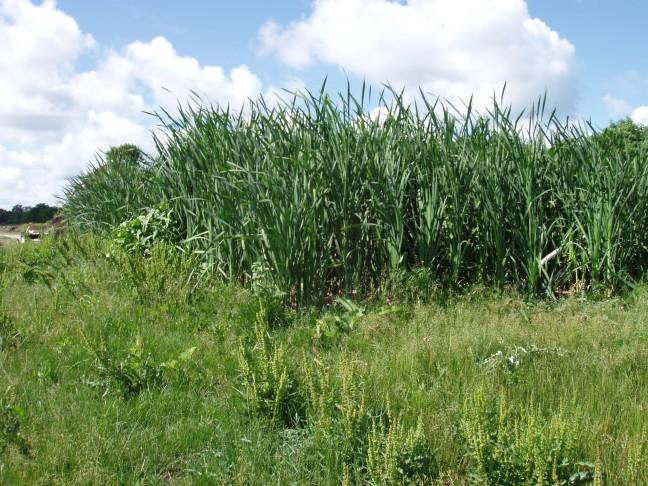The Center of Limnology hosted a talk by Associate Professor in Earth and Environmental Sciences at the University of Minnesota Gene-Hua Crystal Ng. Her research seminar at the University of Wisconsin focused on Manoomin/Psiη, a wild rice for Native people in the Great Lakes region.
When Ng started her career, there was a heated debate over Minnesota’s unique water quality standard because of sulfate levels, which could harm wild rice, Ng said. The controversy started because corporations and mining companies released very high volumes of sulfate into the water, arguing that it was uncertain how sulfate affected wild rice.
This sparked Ng’s interest in a research project on innovative iron, sulfur and carbon cycling models in hydrological systems. Ng said she continued her research intending to focus on people and wild rice.
Ng learned that in 1851, the state of Minnesota and the federal government appropriated Dakota lands for the UMN. As she continued to research, Ng said she found there was a long history of UMN abusing its rights by cultivating and researching wild rice without the consent of the tribes.
It is essential to recognize that wild rice is considered very sacred to tribes, and their access to the rice is a legal treaty, according to Ng.
Ng began researching wild rice water in 2015 without any tribal input, but she changed her approach by including Native people and tribal members. Ng deviates from how tribes have been treated in the past by acknowledging all 11 tribes of Minnesota. Her project hopes to work with tribes and figure out how she and her team can be helpful as Western scientists to the ecosystem.
“It took a lot of time to get where we were,” Ng said.
Ng’s team focused on regions of the river that were no longer producing wild rice in the abundant quantities that it had in previous decades. Tribes have been struggling to understand why, and one of their concerns is that water levels might be affecting growth, Ng said.
It was found there was a higher calcium concentration in sites that had abundant rice compared to sites that lacked rice, according to Ng. One of the ideas presented by a tribal member suggested groundwater might be a cause.
More research is being conducted on exploring this possible cause with the harmonious relationship between the tribes and scientists being regarded with the utmost importance. Ng said without people, her project would have been incomplete and told only a slice of the story. Through wild rice, she was able to start bridging the gap between the tribal groups and scientists.


















